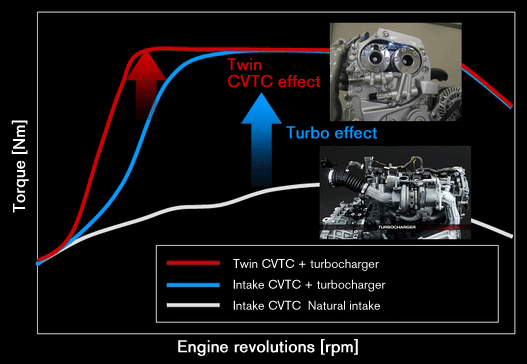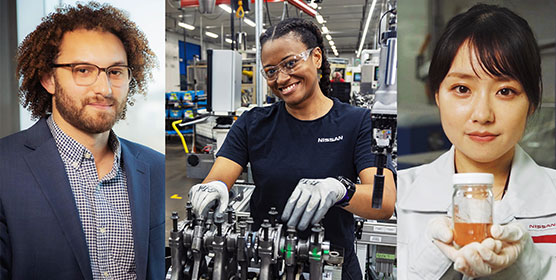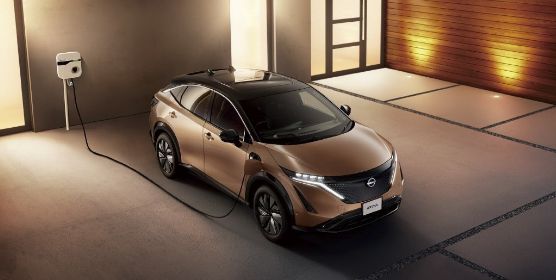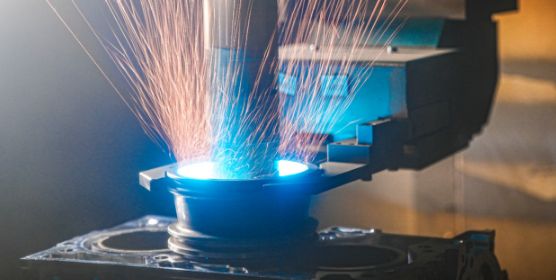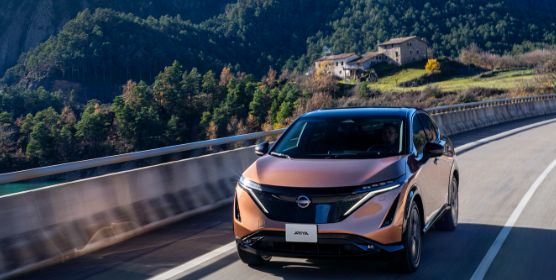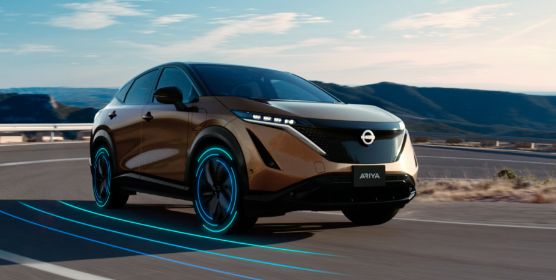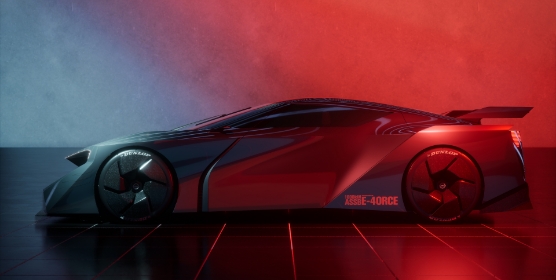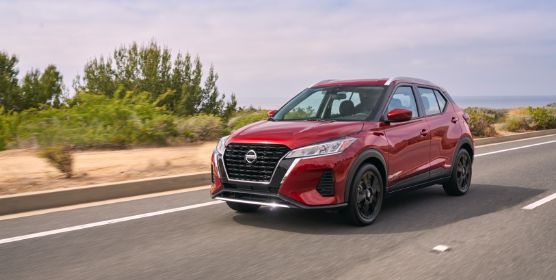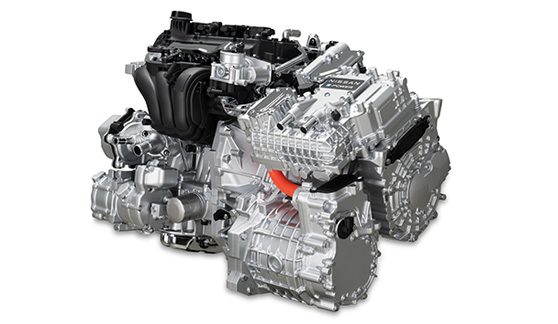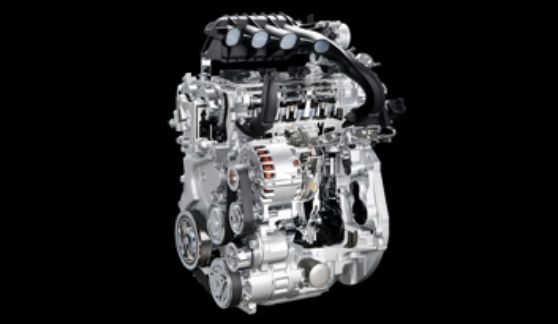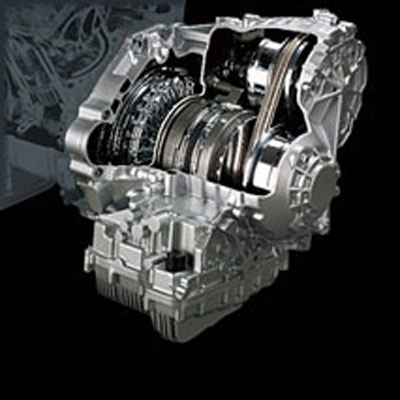MR16DDT Engine
Powerful engine with superb fuel efficiency
The MR6DDT is an engine with superb performance and an environmentally conscious design. It employs a turbocharger and utilizes various controls to combine engine performance equivalent to a 2.5L engine while being 1.6L class, and also excellent fuel efficiency.
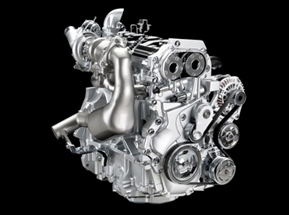
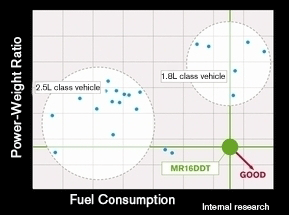
Technology Functionality
The MR16DDT combines high performance with an environmentally conscious design, employing a gasoline direct injection mechanism that improves engine charging and combustion efficiency, and a range of fuel combustion efficiency enhancing technology/friction reduction technology, matched with technology that improves output (engine power), such as a compact high-efficiency turbocharger.
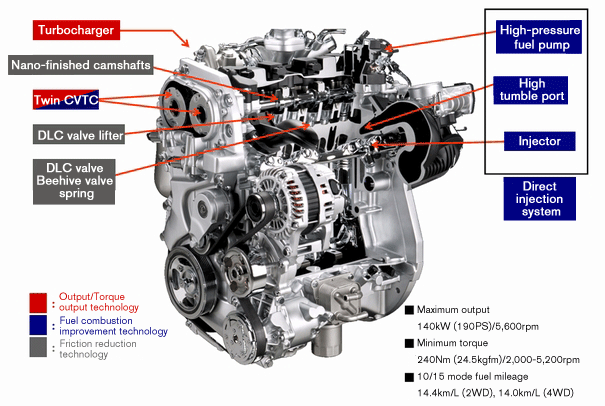
Technology Configuration
Direct injection engine
The
MR16DDT
is
a
direct
injection
engine
that
injects
fuel
directly
into
the
cylinders.
Injecting
the
liquid
gasoline
into
the
cylinder
generates
vaporized
heat
and
the
internal
temperature
of
the
cylinder
goes
down.
This
makes
it
more
difficult
for
knocking
to
arise,
thus
improving
combustion
efficiency
and
realizing
improved
fuel
efficiency.
Direct
injection
engines
also
have
the
advantage
that
they
are
able
to
reduce
fuel
consumption
by
precisely
controlling
the
amount
of
fuel
burned.
Through
the
direct
injection
engine’s
fine
control
of
fuel,
immediately
after
initiating
the
engine
can
form
a
dense
air-fuel
mixture
around
the
spark
plug
and
have
it
combust
in
a
stratified
charge.
Doing
this
increases
the
exhaust
temperature
and
the
catalyst
activates
quickly,
making
the
catalyst
work
quickly.
After
warming
up,
it
forms
a
highly
homogenous
air-fuel
mixture,
raising
fuel
combustion
efficiency.
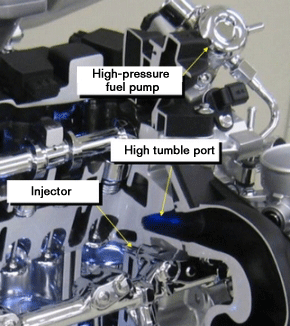
Reducing friction
In order to have both good acceleration and fuel efficiency, it is essential to reduce friction. The surface of the camshafts have been nano-finish coated. The nano-finished camshaft polished smooth like a mirror and the DLC valve lifter achieve a major reduction in friction. The top of the beehive valve spring has narrowed, realizing compact retainers and also further contributing to friction reduction.
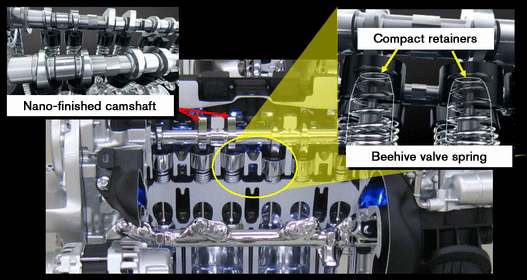
Raising output power
The turbocharger raises air-fuel mixture packing efficiency, improving output power and torque. Further, a twin CVTC is employed for both intake and exhaust CVTC (continuously variable timing control) to control the timing of opening and closing valves continuously according to the conditions of the engine revolution and throttle aperture. This then improves the response during low and medium speeds, a weakness with conventional turbochargers.
